Fruit- both fresh and dried-are plentiful in Mediterranean meals. Fruit is the typical end to a meal in Mediterranean countries, as well as a start to the day at the breakfast table. For those more celebratory meals, there are loads of splendid Mediterranean desserts featuring fruit, for as Oldways’ Director of Nutrition, Kelly LeBlanc always says, “when you make a dessert, think of adding nutrition.” This means that while it’s still a dessert, the added fruit, nuts, whole grains, and/or olive oil add some positive nutrition.
Fruit is more than for the start of the day or the end of a meal. Rather, it is also a delicious food that fits into recipes from all around the Mediterranean. To give you some ideas and also to inspire you, here’s a fruit tour starting in the Eastern Mediterranean. To be sure, we have not included all fruit, but rather some of the most typical and iconic.
Pomegranates:
Walking through the streets of Istanbul, you’ll find carts piled with beautiful pomegranates, just waiting to become a glass of delicious juice for tourists and locals alike. Incredibly delicious, both sweet and sour, the fruit is full of healthy attributes: anti-inflammatory, antioxidants and plenty of vitamins, especially Vitamin C.
Writing in a Turkish daily paper, Leyla Yvonne Ergil explains that in Turkey, the pomegranate, or “nar” as it is referred to in Turkish, is considered to be a symbol of prosperity and abundance. Nearly every household will have some sort of pomegranate sculpture decoration, and it is a steadfast tradition to smash a pomegranate on the floor on New Year’s Eve or at weddings in the hopes it will bring good fortune.
Delicious to eat on their own (the small red arils are the edible portion of the fruit), and a welcome ingredient in savory and sweet dishes, pomegranates are also an essential ingredient in many Turkish dishes in the form of pomegranate molasses. As Chef Ana Sortun describes in her book Spice, “pomegranate molasses is a syrupy reduction of pomegranate juice that has a unique, tart-sweet flavor and is a gorgeous, deep reddish-purple color. It’s as thick as maple syrup and has both sweet and sour flavors that combine the best of balsamic vinegar with tart fruit.” She often uses it to add tartness to long-braised beef or braised lamb shanks.
One of our favorite dishes that features both whole grains and pomegranate molasses is Ayfer’s Kisir, a take on traditional Turkish bulgur recipe, created by Turkish food writer Ayfer Unsal, and adapted by Oleana Chef Ana Sortun for the 2012 Oldways Culinary tour in Gaziantep and Istanbul. Another is Muhammara, a red pepper and walnut puree, that’s a perfect spread or dip.
For more ideas, check out Oldways’ 12 Great Ways to Use Pomegranates and watch this video with Chef Ana Sortun’s tip to get arils out of the pomegranate with ease.
Figs:
According to the Department of Agriculture at Louisiana State University, ‘botanically, figs are one of the most interesting fruits you can grow. The fig is actually a fleshy, hollow branch, modified to bear numerous small flowers and fruit on the inside. The fig was one of the first fruits cultivated by ancient peoples. Archeological evidence has shown the fig has been in cultivation since 4000 B.C., almost 6,000 years. The fig is a native of Asia Minor, and when taken to Greece and other Mediterranean countries, it became so widely used fresh and dried that it was known as the “poor man’s food.”
Easy to find in grocery stores, California produces 100% of the dried figs and 98% of fresh figs sold commercially in the United States. The LA Times reports that because fresh figs last only about a week after harvest, almost 90% of the world’s fig crop is sold as dried fruit.
In addition to their great taste, there are plenty of good reasons to enjoy figs. The BBC notes that nutrition-wise, dried and fresh figs offer some great health benefits: with lots of fiber, they promote digestive wellness; with polyphenols, they are antioxidants; with lots of potassium, they help manage blood pressure; with bone-friendly minerals including calcium, they support bone health; and with the fiber, vitamins and minerals, figs are nutritionally dense and can help with weight management.
Culinary-wise, figs can find a home among many different foods. Cheese and figs go together, as they say in a song, like love and marriage. For example, fresh or dried figs, or fig spread are a perfect match for Manchego cheese, or blue cheese, with this impressive looking appetizer, Figs Stuffed with Blue Cheese. Figs are also great addition to pizzas, salads, jams or spreads, desserts as well as main dishes, such as tagines, thanks to suggestions from Mediterranean Foods Alliance member Valley Figs.
Valley Fig describes Moroccan tagines are a great way to enjoy figs and the Mediterranean diet. They explain that “in Moroccan cooking, a tagine is both a cooking vessel and the name of the food created in it. That’s why sometimes you’ll see it called out in a recipe name or menu item.’ Their Moroccan-inspired vegetarian tagine with 1 cup of figs also includes tomatoes, carrots, garlic, onion, chickpeas and spices, and can be served with quinoa or couscous.
For a non-vegetarian dish, Oldways Board member Jesse Cool contributed Chicken with Carmelized Onions, Glazed Figs and Pomegrante for The Oldways Table. This wonderful recipe can be served hot, cold or room temperature and is also great the next day served on top of a simple green salad.
Citrus:
As Oldways writes in 12 Great Ways to Use Citrus, citrus is a healthy and delicious part of the Mediterranean Diet, filled with cancer-fighting flavonoids, and loaded with vitamins and minerals. As with herbs and spices, citrus offers a sodium-free way to flavor foods. Experiment with all sorts of citrus. From tart limes and tangy tangelos to sour lemons and sweet navel oranges, citrus brightens our lives (and our cooking!).
Citrus fruits are a familiar food to most Americans. Botanically, citrus is a genus of flowering trees and shrubs. Although citrus fruits are major commercial products in the Mediterranean, citrus is not native to the region. Horticultural historians believe that citrus first came to the Mediterranean from Southeast Asia, India, and China.
Citrus fruits are all-day foods- breakfast, lunch, dinner- and they are perfect as an ingredient in appetizers, salads, dips or sauces, soups, main courses, vegetables, and dessert.
Why not move beyond green salads for lunch and try a citrus salad? In her wonderful book, Mediterranean Cookery, Claudia Roden has a recipe for an Israeli Avocado and Citrus salad, combining slices of two ripe avocados with slices of one orange and one grapefruit, tossed with lemon juice, olive oil, salt and pepper, and garnished with mint. Another great winter citrus salad is a Sicilian one. Top this delicious combination of orange, fennel, and red onion with mint and olive oil. If green salads are your go-to-lunch, you can always add pieces of orange or grapefruit and dress the salad with the perfect Mediterranean olive oil and lemon dressing.
Writing in her always interesting blog, Aglaia and Costas’ Table on Kea, Cyclades, Aglaia Kremezi explained in a blog entitled, ‘Lemon is a Greek Perversion,’ that lemons were immediately adopted into Greek culinary arts because, “their fragrant sour juice perfectly complemented the rich-flavored Greek olive oil. Lemons soon replaced vinegar and the juices of unripe grapes, pomegranates, and all kinds of tart fruits that had been used to provide acidity to both sweet and savory dishes ever since antiquity.” Aglaia continues, “Anybody who has had even a single meal at a humble taverna or a formal restaurant on the mainland or the islands realizes how passionate Greeks are about the special acidic taste lemon adds to foods.” Lemons are served alongside almost everything in Greece whether it be fish, meat, soup, salads, or vegetables. Citrus is a wonderful partner for whole grain dishes, too. Try mixing and matching different whole grains with different citrus fruits.
Citrus soups are well loved in the Mediterranean, as well as other parts of the world. In the Mediterranean, one of the most well known and loved is the classic Greek soup (and sauce), Avgolemono, a mixture of broth, egg yolk, and lemon.
Grapes and Raisins:
In the form of wine, grapes are one of the three essential ingredients of the Mediterranean Trinity: wheat, wine and olives. Interestingly, two of these ingredients are fruits (grapes and olives).
The Mediterranean Diet Pyramid, first introduced in 1993, was the first dietary guidance that included wine. The Mediterranean way of drinking is moderately: for those who drink, enjoy wine with food, two glasses for men and one for women.
Grapes are also used to make vinegars, and as table grapes, they are enjoyed by many at the end of a meal, and as an ingredient in salads, whole grain bowls and other main dishes.
This sweet and savory bulgur porridge is common throughout the Eastern Mediterranean, such as Cyprus. In this version, we add grapes, a quintessentially Mediterranean fruit, roasting them to concentrate the flavor.
Common knowledge is that raisins are dried grapes. This is true, although the story is a bit more complicated. Raisins, sultanas and currants are all dried grapes. WebMD and the Berkeley Wellness Letter both describe the different types of raisins: “Sultanas are a type of raisin, often called “golden raisins.” Like most raisins in the United States, sultanas are made from Thompson Seedless grapes. They are medium-sized green grapes and are grown primarily in California.”
To be differentiated from black currants (a berry), “currants are made from small Black Corinth grapes- seedless, tart, and tangy, and very dark in color. The tiny raisins, about one-fourth the size of Thompson Seedless raisins, are sometimes labeled “Zante Currants,” referring to the Greek island where this type of grape first grew.”
There are numerous ways to use raisins, sultanas and currants in cooking and baking. One of the classic Mediterranean preparations is Rice Pilaf with Raisins. Oldways Brown Rice Pilaf with Golden Raisins and Almonds is one possibility – the golden raisins add a delicious, tangy bite to the earthy flavors of the spices and the rice.
For more ideas, try Oldways 12 Ways to Use Grapes
Dates:
In her 2007 NPR article, Medjool, a Date to Remember, Susan Russo explained that “dates are considered the oldest cultivated fruit in the world: Fossils show date palm trees thrived 50 million years ago. The fruit of the date palm was eaten as far back as 5,000-6,000 B.C.E., and they’ve been cultivated for about 6,000 years in the Middle East.”
Dates are especially prominent in Middle Eastern and North African cuisines. Firepot Nomadic teas, a tea company that supports causes, with 1% of every sale going to women, environment and local community, writes on their website that “nothing is as emblematic of Moroccan cuisine as the date. The date palms’ ability to thrive in desert oases made it essential to the nomadic Berbers that first inhabited Morocco over 2000 years ago. They used their leaves, wood, sap and fruit and called the date palm the “tree of life”. So, dates are the natural accompaniment to Morocco’s national drink, mint tea or “Berber whiskey’, as it is sometimes called.”
Around the world, there are hundreds of kinds of dates. One of the most commonly found dates in the US, Medjool dates are fresh fruits – large, soft, chewy and sticky. In addition to their luscious deliciousness, they possess health benefits. WebMD notes its positive attributes for heart and digestive health, and improved metabolism, while also noting portion control is important because of their caloric count.
You can find other types of dates in the grocery store. Susan Russo describes, that dates are “classified as soft, semidry or dry. Soft dates such as the Medjool, Khadrawy, Halawy and Barhi have a sweet, creamy flesh because of their high moisture content. Semidry dates such as Deglet Noor and Zahidi have less moisture, sweetness and chewiness. Dry dates such as the Thoory, which is called the “bread” date, have rather hard, dry skin and very little moisture.”
No matter the type you choose, you have a sweet treat in store.
While dates are often used as a sugar substitute to sweeten dishes, they also add great flavor and texture to salads, bowls, and other savory dishes. Our friend Dr. Simon Poole, a Cambridge, UK doctor and Mediterranean diet proponent, gave us this recipe for Roasted Egglant, Zucchini, Pepper and Feta Bake which also includes 10 roughly chopped dates. From Oldways Mediterranean Foods Alliance member FoodMatch, a producer and importer of Mediterranean specialty foods, this Summer Strawberry and Feta Salad brings together dates with another Mediterranean fruit, Kalamata Olives.
For more ideas, take a look at Oldways 12 Great Ways to Use Dates.
No matter your taste, there is a wide, wide world of fruit in the Mediterranean Diet – both in whole fruit form, desserts and in savory salads, whole grain bowls, main dishes, appetizers and more. For many days of sweet and sour pleasure, check out the recipes in the blog and those in the Fresh Friday email.
Want biweekly Med Diet information and recipes in your Inbox? Sign up for our Fresh Fridays newsletter by clicking the Subscribe button at the bottom of this page!
Join the Make Every Day Mediterranean Club Facebook group for additional information and support


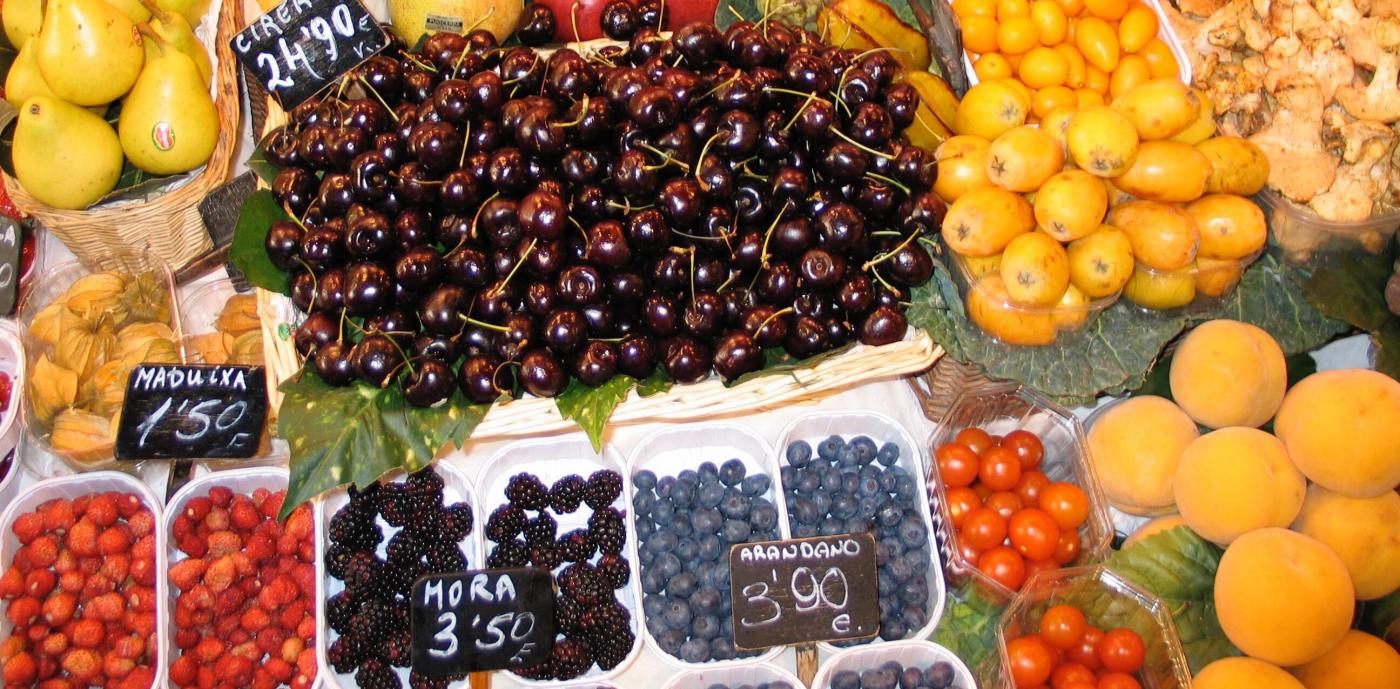
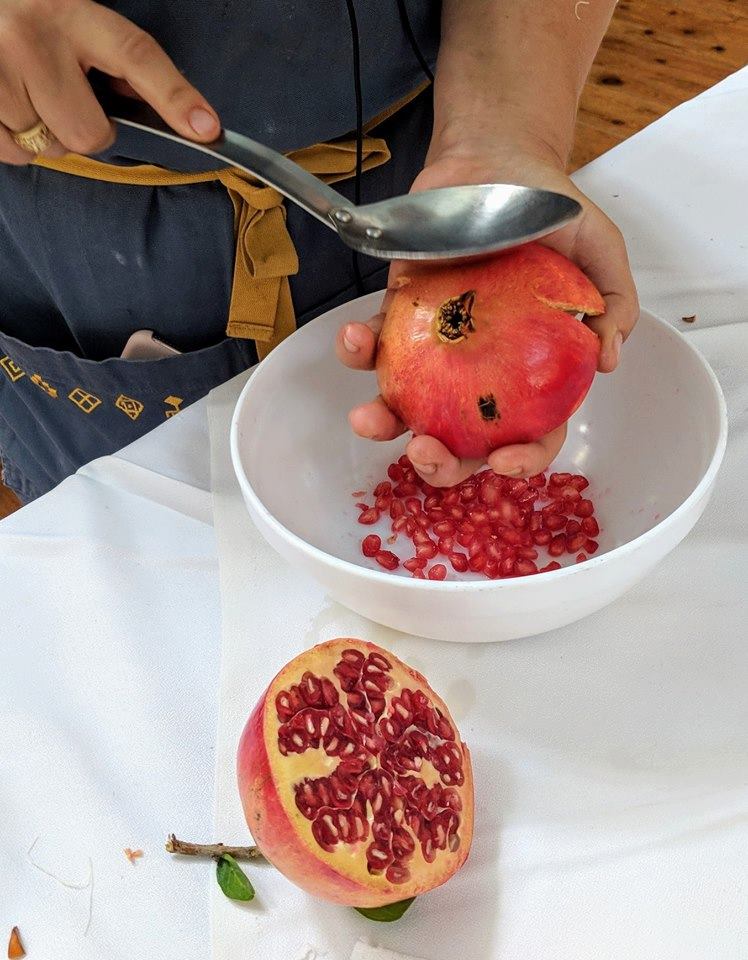
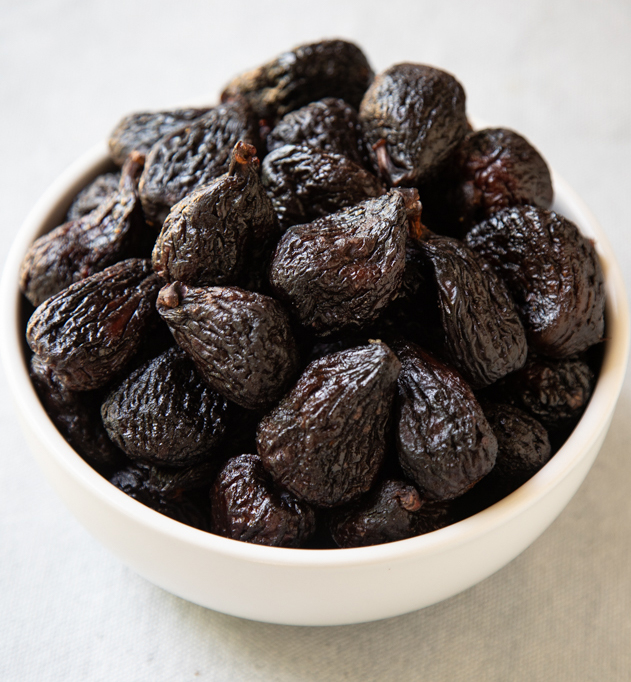
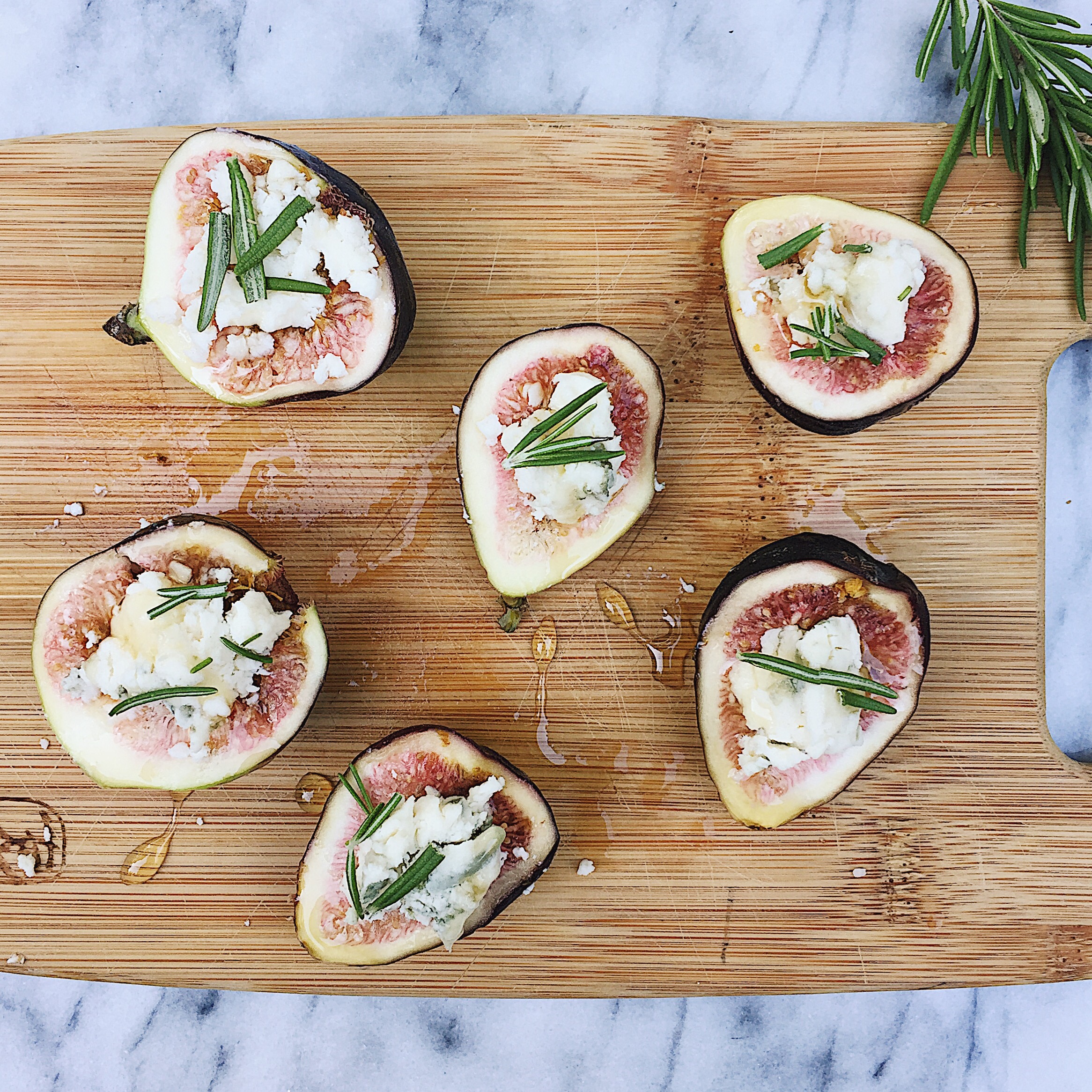
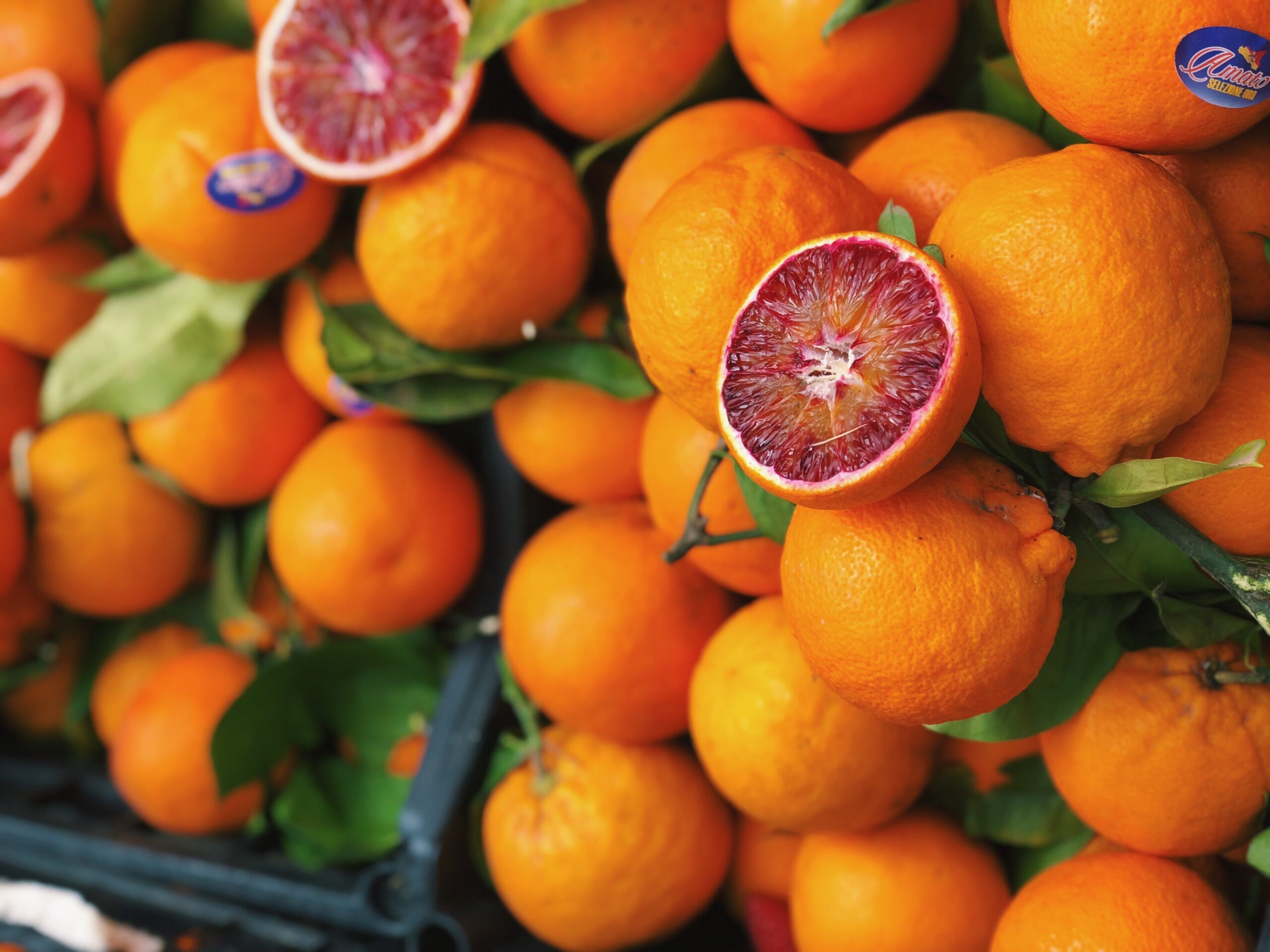
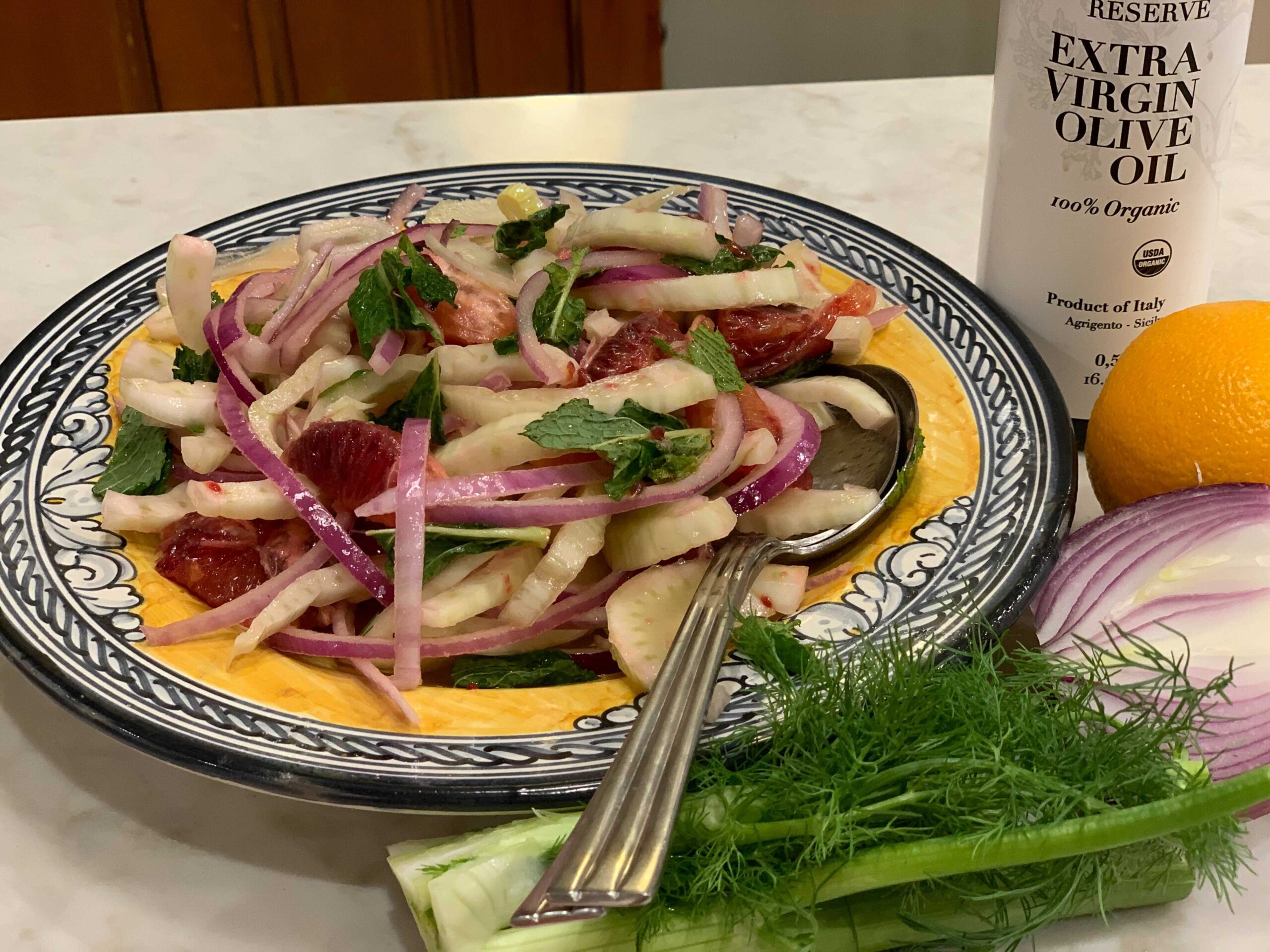
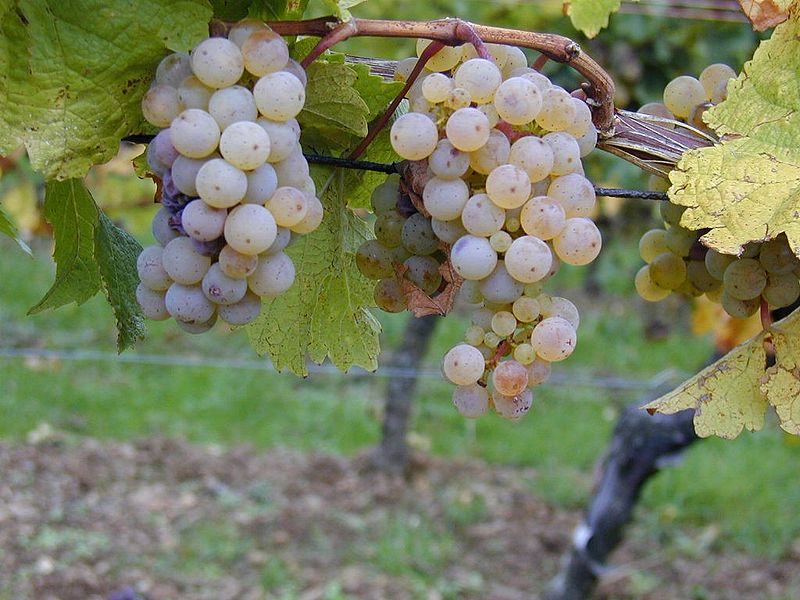
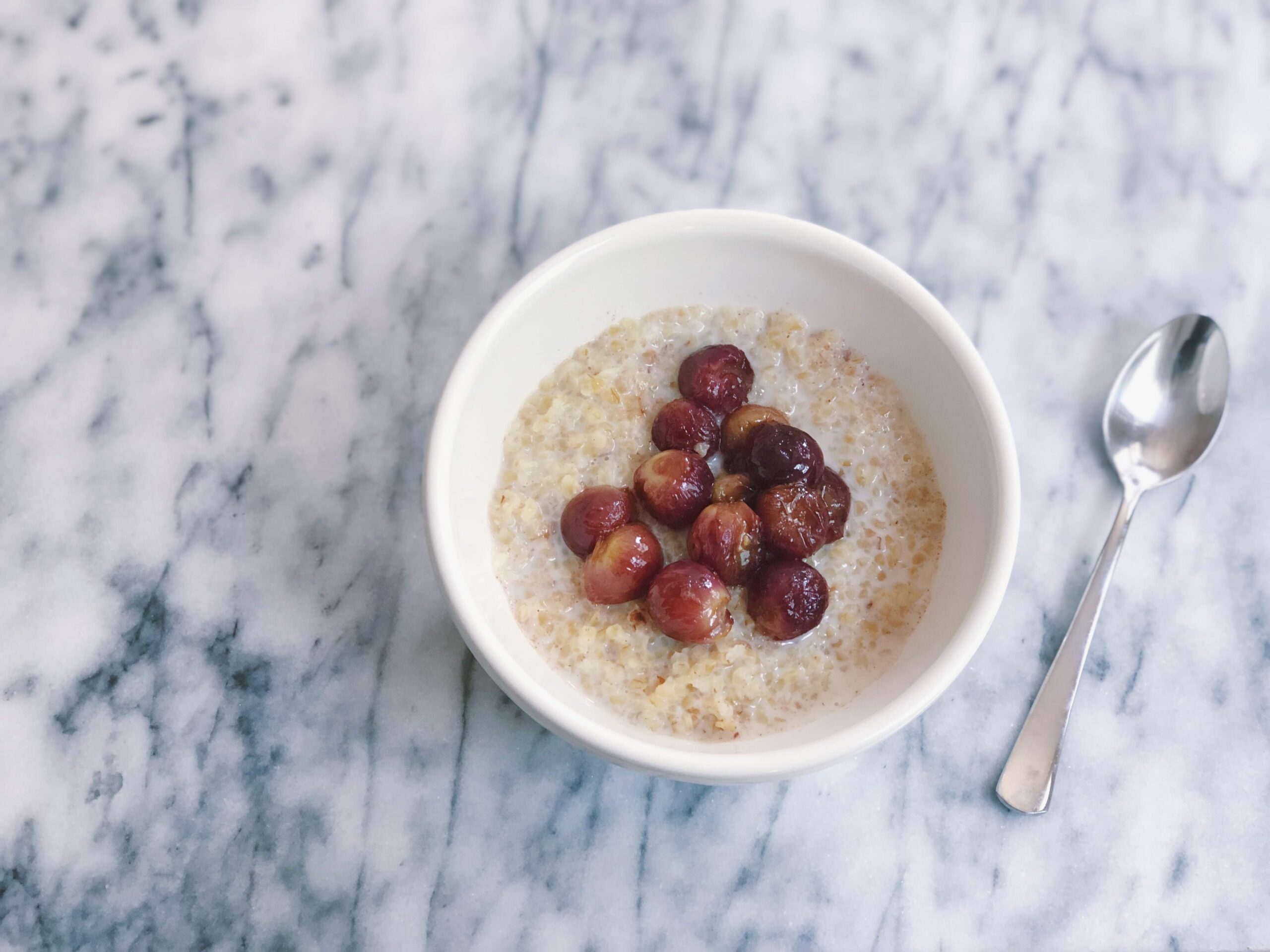
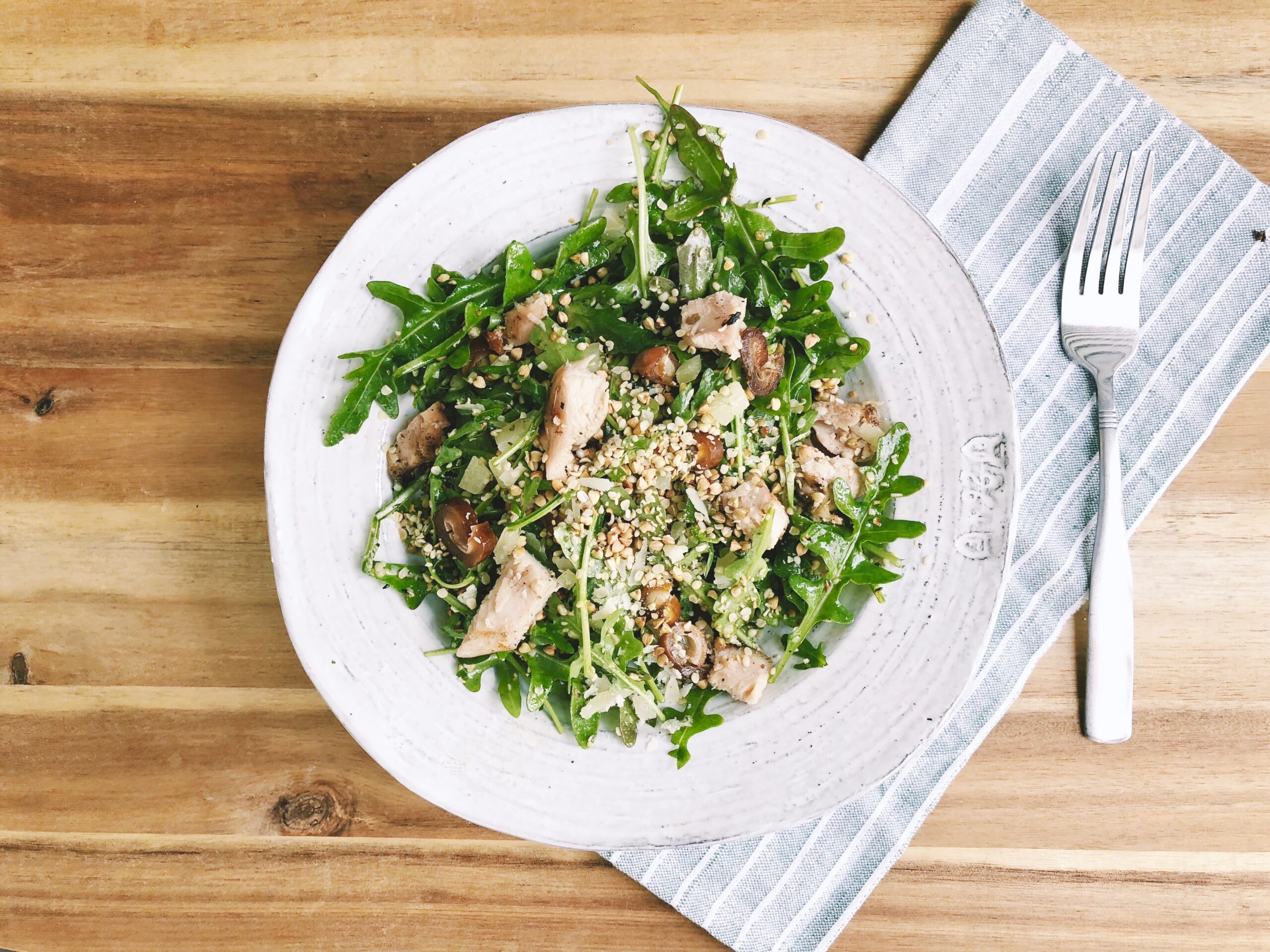
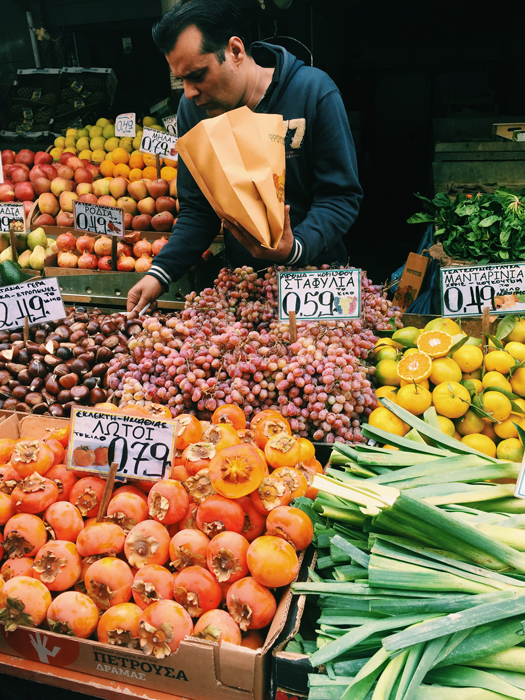




Leave a comment